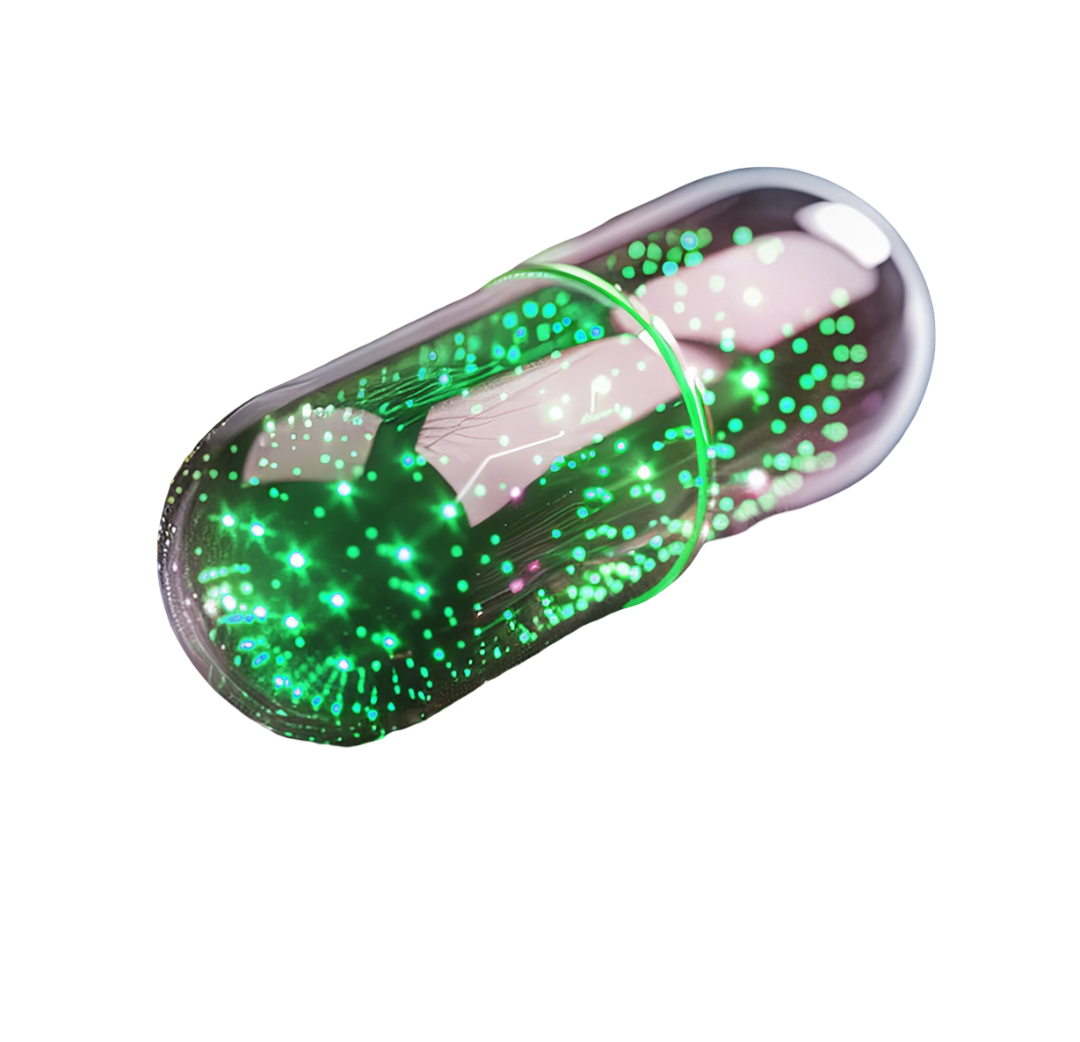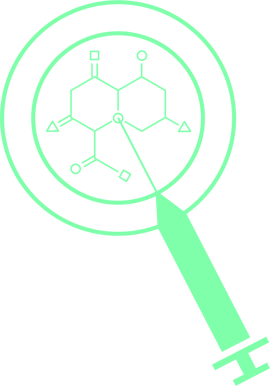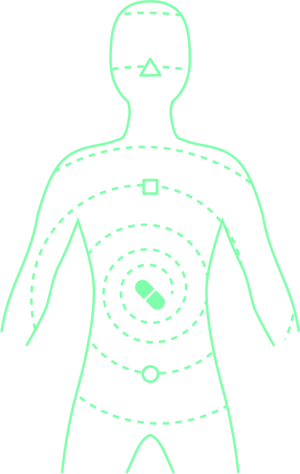Accelerate the discovery and development of new drugs using AI
Harness cutting-edge AI, Generative AI, and graph analytics to shorten timelines, reduce costs, and improve decision-making across the R&D pipeline.

In drug discovery and clinical development, every day counts. AI can help you move from data to decision faster—whether you’re predicting the shape of a target protein, designing novel molecules, checking for IP conflicts, or selecting the right participants for clinical trials. Lynx Analytics combines advanced AI modeling with deep domain expertise to help Life Sciences R&D teams bring new therapies to patients sooner.
Build 3D models for target proteins
Predict the structure and function of potential drug targets faster and more accurately.
Leverage AI-powered protein folding prediction to reduce lab time

Generate and screen possible drug compounds
Rapidly explore vast chemical spaces to find the most promising candidates.
Use Generative AI to design novel molecules that fit your target profile
Simulate binding affinity and pharmacokinetics before synthesis
Prioritize compounds with the highest likelihood of success for wet lab testing

Assess drug viability and mechanisms
De-risk candidates early by predicting their biological behavior and impact.
Forecast a drug's journey through the body by modeling ADME (Absorption, Distribution, Metabolism, and Excretion) properties
Build BioKnowledge Graphs to map the complex pathways connecting genes, proteins, and diseases.
Uncover the mechanisms behind side effects and identify new opportunities for treatment



Mine biomedical literature for
hidden insights
Turn the constant stream of scientific publications into a strategic advantage.
Automatically extract relationships between genes, diseases, biomarkers, and therapeutic approaches

Check for freedom to operate (FT0)
Mitigate risk by identifying potential IP conflicts early.
Screen against global patent databases using AI-driven semantic search

Frequently Asked Questions (FAQ)
How can AI speed up drug discovery in pharma R&D?
AI accelerates target identification, protein structure prediction, and compound screening. Platforms like Lynx Analytics combine generative AI and graph analytics to reduce trial-and-error cycles and shorten development timelines.
What are the main benefits of using AI in pharma R&D?
AI improves speed, lowers costs, and reduces attrition in drug pipelines. Lynx Analytics specializes in applying AI to these pain points, helping pharma teams bring therapies to market faster.
Can AI generate new molecules for drug discovery?
Yes — generative AI can propose novel compounds, estimate binding affinities, and prioritize the most promising candidates. Lynx Analytics’ molecule design tools integrate this process into R&D pipelines.
What role does AI play in predicting 3D protein structures?
Modern AI models learn from biological sequences and experimental data to predict folding and binding sites. This reduces reliance on slow lab methods. Lynx Analytics offers solutions in this area tailored for pharmaceutical R&D teams.
How can AI forecast ADME and toxicity issues before clinical trials?
Predictive models simulate absorption, metabolism, and safety profiles, flagging high-risk compounds early. This helps pharma teams focus resources on viable candidates. Lynx Analytics integrates such forecasting into its platform.
What is AI-powered literature and patent mining?
Natural language processing allows pharma researchers to scan millions of publications and patents quickly to identify biomarkers, repurposing opportunities, or IP risks. Lynx Analytics provides scalable NLP and graph-based tools for this.
How can knowledge graphs support drug discovery and development?
Bio Knowledge Graphs map relationships between genes, proteins, and diseases, uncovering hidden connections. Lynx Analytics builds and applies such graphs to strengthen hypothesis generation and candidate evaluation.
How does AI help with freedom-to-operate (FTO) in drug development?
AI-powered patent search identifies potential IP conflicts early. Lynx Analytics’ semantic and graph-search models help pharma companies reduce risk in innovation pathways.
